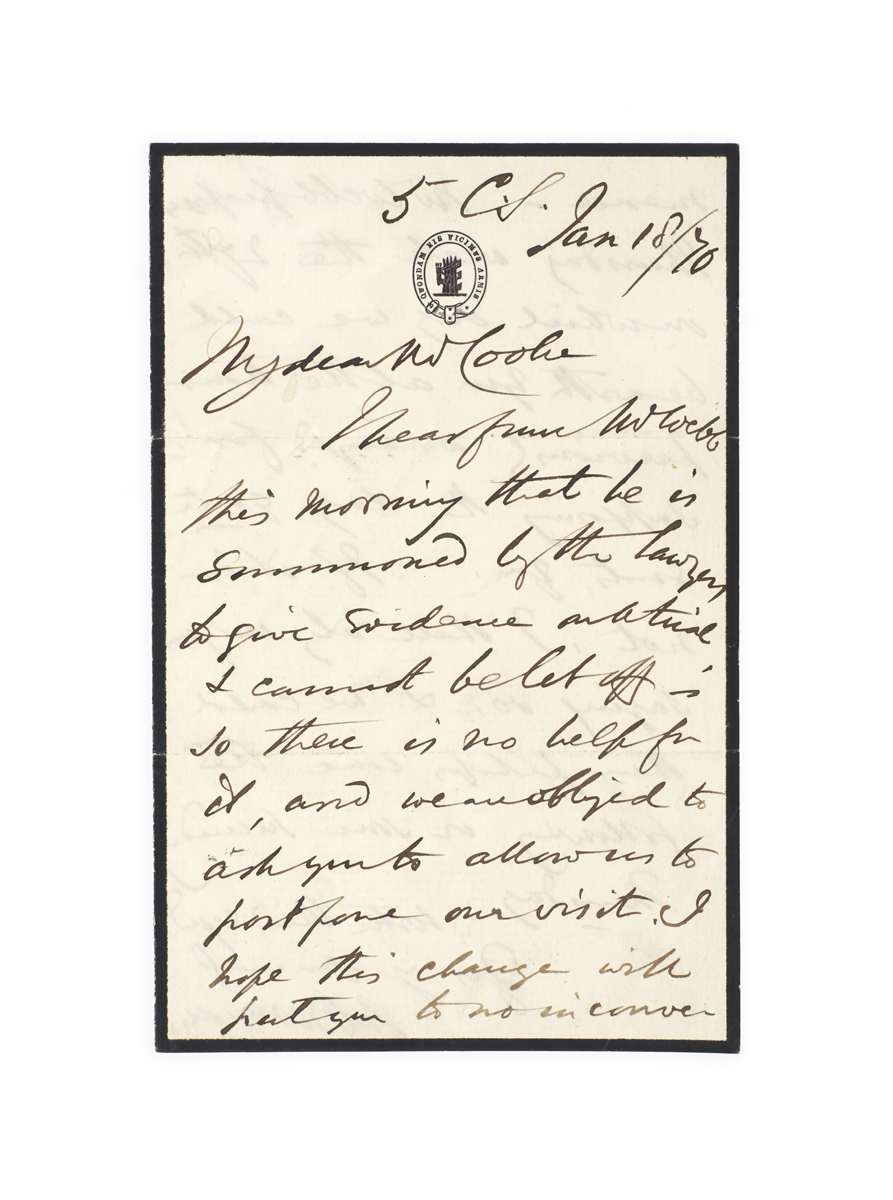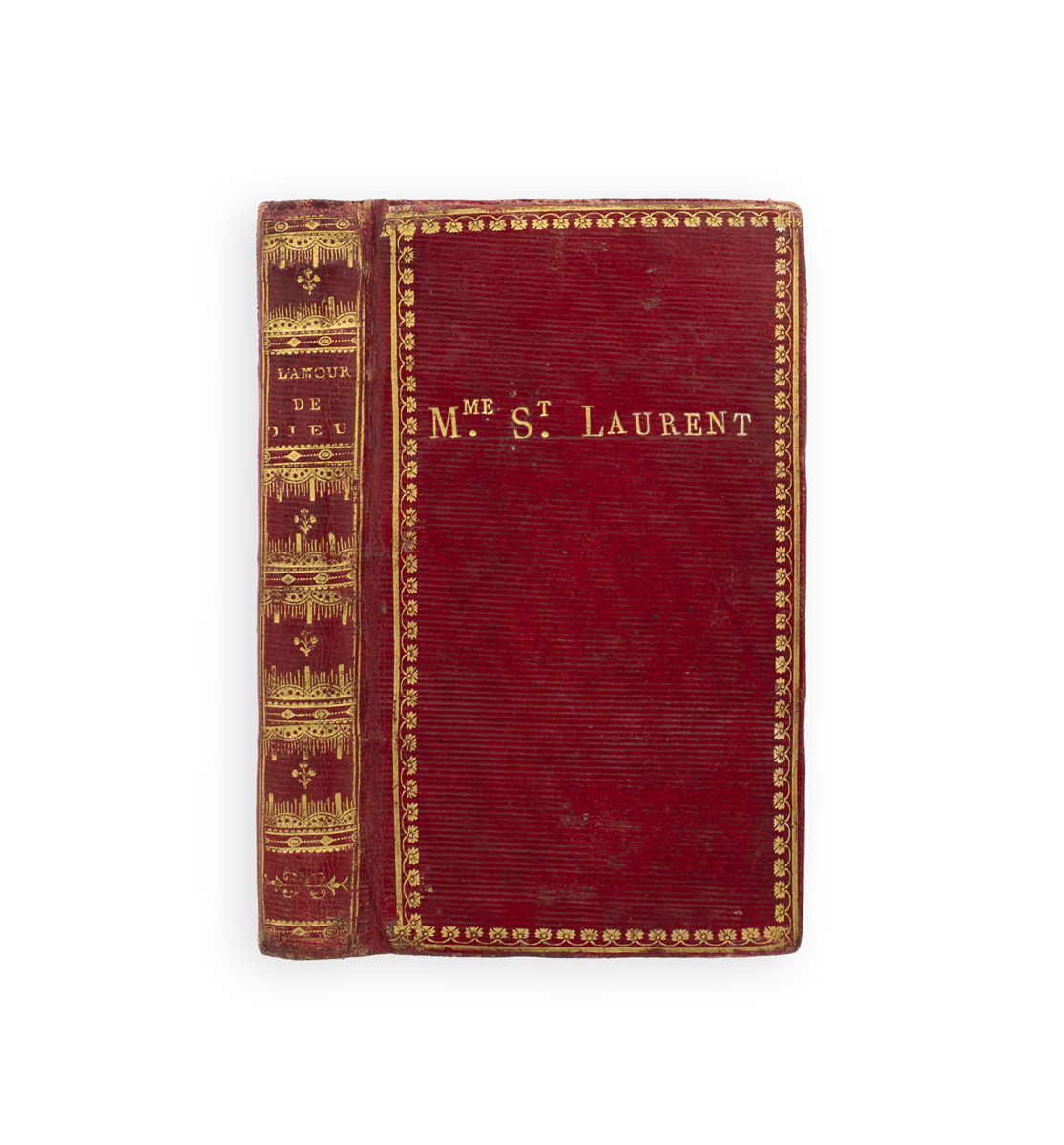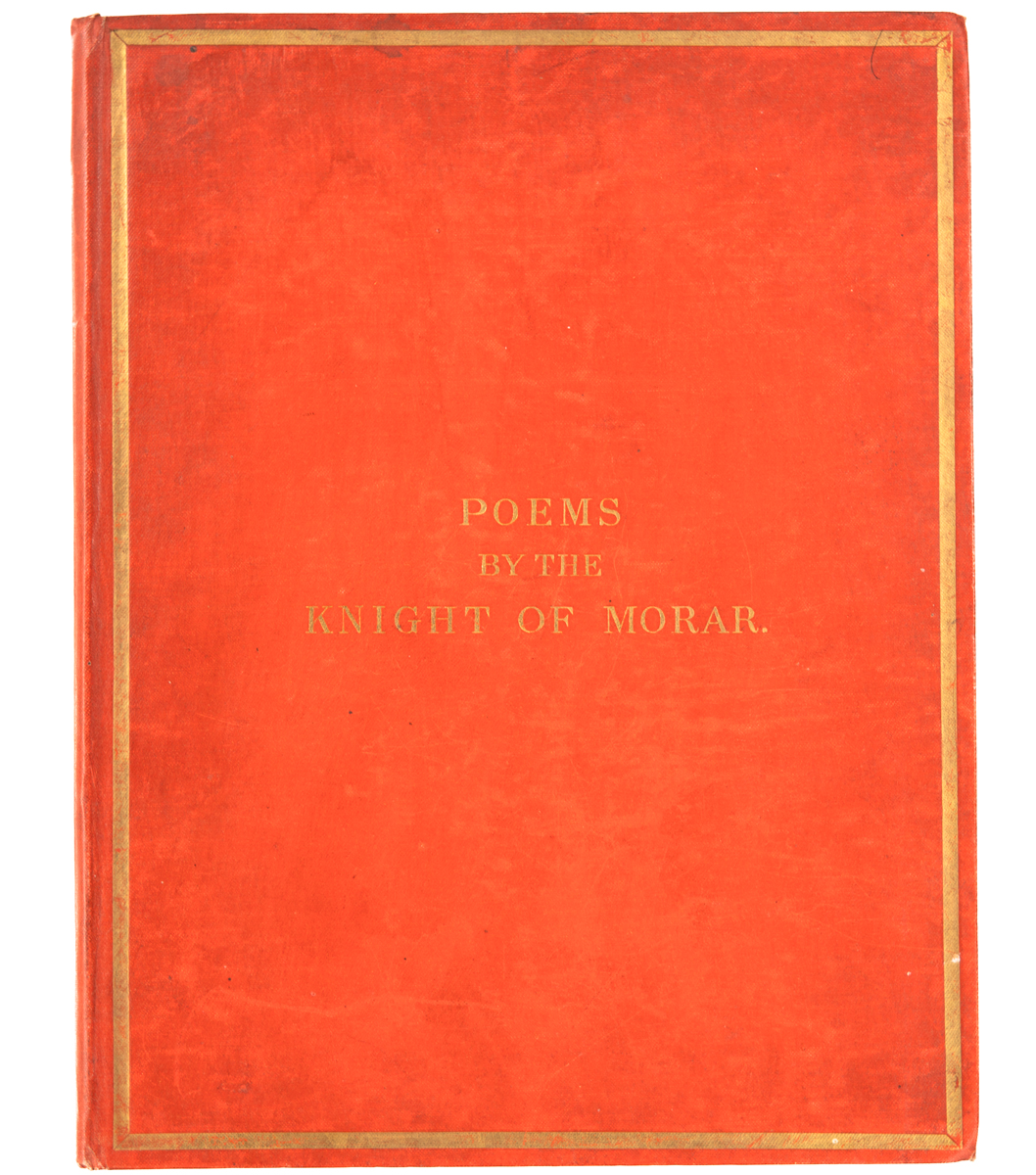
BOWMAN, William, Sir.
Autograph letter, signed, to ‘Mr Cooke’.
[London?,] 18 January 1870.
8vo bifolium (157 x 99 mm), pp. [2]; paper with Bowman’s embossed crest at head of first page; sometime folded, in excellent condition.
Bowman writes to ‘Mr Cooke’ to postpone a visit, having heard from ‘Mr Webb’ that he is to give evidence at a trial. ‘Mr Webb proposes Thursday week the 27th on which day we could be with you at the hour previously arranged for, supposing the day quite suits you.’
‘Mr Webb’ is no doubt the architect Philip Webb (1831–1915), who in 1870 was commissioned by Bowman to design a house in Arts and Crafts style, Joldwynds, completed in 1875. One of Webb’s most important country houses, it was demolished in 1930 and replaced with the present modernist edifice. We have been unable to identify ‘Mr Cooke’, but he is likely to have been connected in some way with Bowman’s building project.
Bowman was the leading ophthalmic surgeon in London. He made ‘fundamental contributions to histology and to the knowledge of the structure of the eye, the kidney and striated muscle, and of other structures. These achievements are the more remarkable when it is recalled that he employed relatively simple techniques and that no highly accurate microtome or staining techniques were then available. Bowman profoundly influenced anatomical thinking and teaching by constantly relating minutely described anatomical structures to their physiological functions. Through his skills as an anatomist and microscopist he set a model for future research in physiology and histology . . . . A handsome and slender man, who rarely drank, never smoked, and was abstemious in eating, he exemplified certain Victorian virtues through his dignity and reserve, his early rising and constant hard work, and his religious piety (of a dissenting nature). Bowman did not write a book of his own, but through his twenty-three papers and his entries in anatomical encyclopaedias, he became one of the most important English figures of the nineteenth century in the fields of anatomy, histology, and ophthalmic surgery’ (ODNB).

